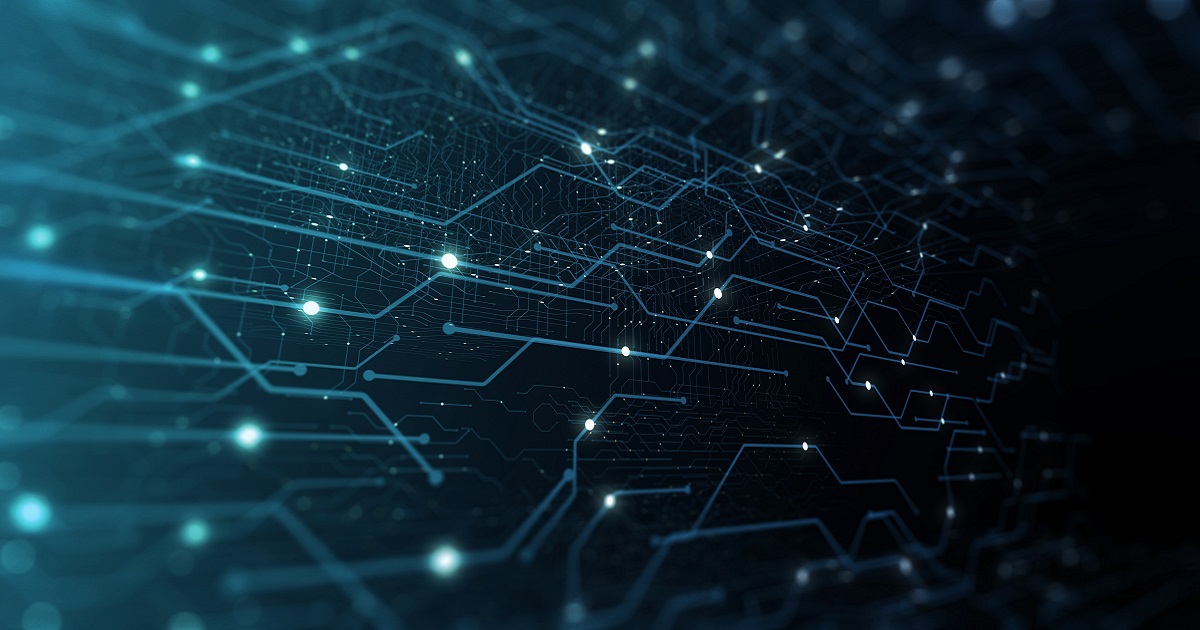
Key takeaways
Since the launch of ChatGPT captured the attention of companies, governments and consumers alike, artificial intelligence has become a dominant focus for investors and economists. Over the long term, AI could potentially drive significant productivity gains. In the near term, it’s driven a massive capital investment boom and has propelled the leading U.S. tech companies to new market capitalization heights. Nearly half of S&P 500 companies are mentioning artificial intelligence (AI) in their earnings calls – more than double from a year earlier – reflecting a broader focus on business adoption underway. Compared to recent technological excitements like cryptocurrencies and driverless cars, AI may deserve the enthusiasm.
This paper addresses the significant potential implications of AI, especially generative AI, for the economy, workers and financial markets.
What makes generative AI so transformative?
- Generative AI is highly versatile and accessible, capable of creating novel, human-like output across various domains. That means the real-world applications of generative AI are vast, especially compared to “traditional” AI applications like playing chess and forecasting the weather.
- AI seems set to transform the economy and spawn future innovations, joining the ranks of the steam engine and electricity as the next “general-purpose technology.”
What can AI do for the economy?
- AI could significantly accelerate labor productivity after many years of near stagnation. We estimate a potential boost of 1.4%-2.7% per year over a decade for developed markets, close to others’ estimates. Such gains could meaningfully increase real output while lowering the costs of many goods and services.
- We expect most productivity gains to come from automation, with further potential upside coming from accelerating technological innovation.
What will AI automation mean for labor?
- Automation does mean needing fewer workers to produce the same output, which could result in transitional job displacement. As with historical bouts of automation, we expect greater efficiencies to drive demand for plenty of new jobs. However, increased income inequality could be a challenge.
- Managed properly, AI automation could support healthy economic growth as populations in developed economies age: every job automated is one more worker who can retire without reducing economic output.
- Workers might also work less: a hypothetical 30% productivity gain over the next decade could see us working 5-10% fewer hours.
- Future jobs will increasingly involve working alongside AI and focusing on humans’ relative strengths, such as conceptual reasoning, emotional intelligence and creativity.
What are the implications for financial markets?
- Productivity gains should boost corporate earnings and equity returns. AI enthusiasm has already helped fuel outperformance of Big Tech this year; AI exuberance could propel markets even higher.
- For fixed income, AI could push yields modestly higher. Yields tend to track nominal GDP, and we think AI will increase real growth more than it depresses inflation.
- A highly uncertain future demands humility and discretion. In such uncertain environments, though, we believe active management excels at identifying winning companies and forecasting trends in entire asset classes.